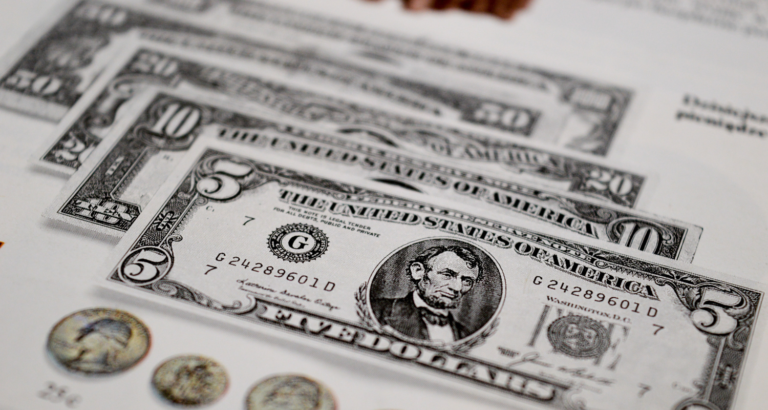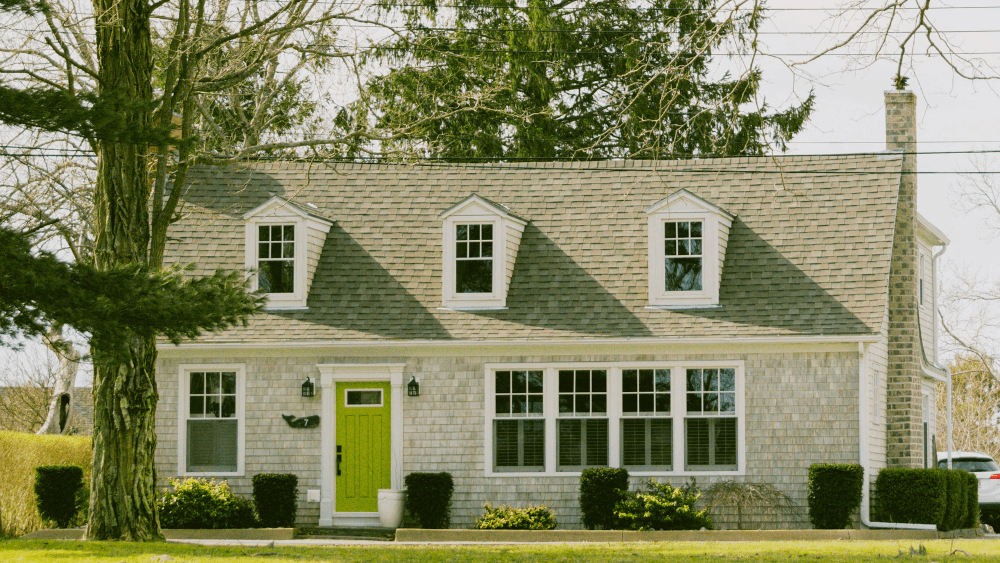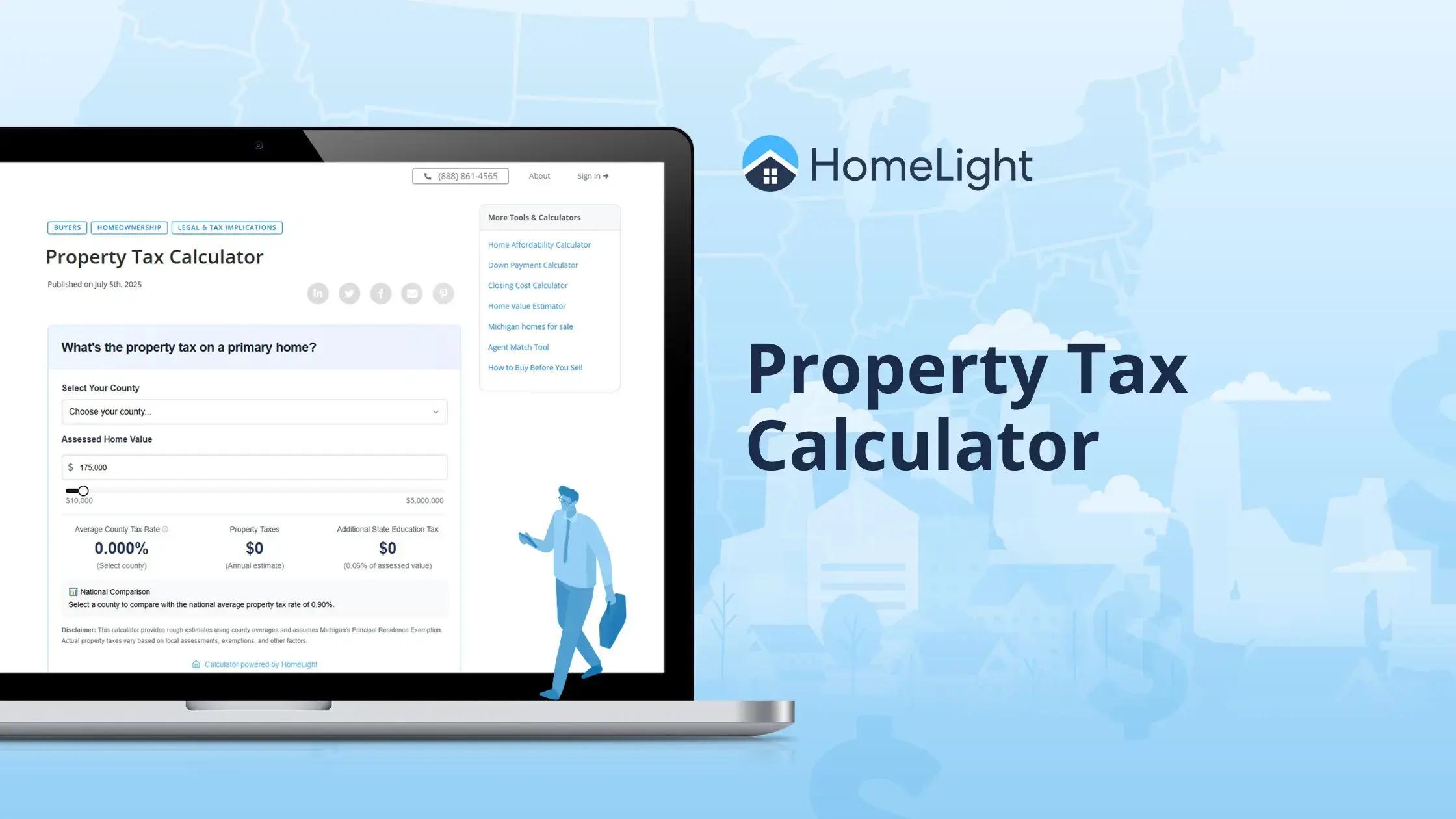
The average American household credit card debt is $5,315, the average student loan debt is almost $39,000, and the average car loan for a new vehicle is around $44,140. If you’re a homeowner with consumer or student debt, it’s tempting to tap into your home’s equity with a cash-out refinance to pay down these balances. In some instances, prioritizing paying off your high-interest debt over your fixed-rate mortgage can expedite your journey to financial freedom. For insight into the strategy to use cash-out refinance to pay off debt, we interviewed two industry experts: Anjali Jariwala, CFP, founder of FIT Advisors, and Jordan Bennett, a CPA and top real estate agent in Orange County, CA. We’ll break down how cash-out refinance to pay off debt works and what to consider before committing to this strategy.
When you refinance your home, you take out a new mortgage to pay off your existing mortgage. Homeowners may refinance to secure a lower interest rate, change their loan terms, or, as in this case, tap into their home equity. With a cash-out refinance, you replace your existing mortgage with a new home loan for more than you owe on the house. This allows you to withdraw equity from your house as liquid cash. Some homeowners opt to use cash-out refinance to pay off other higher interest debt such as credit cards and car loans. They take out a new loan that’s large enough to cover the existing mortgage and their additional debt, withdraw the difference in cash from their home equity, and pay off the additional debt with the cash. A cash-out refinance to pay off debt won’t instantly reduce your debt. It simply scoops up your debts and folds them into one mortgage loan that’s easier or more affordable to pay down — thanks to the lower interest rate — than the debts were separate. Most conventional lenders limit your cash-out loan amount to 80% of your home value. Example:Frankie wants to use cash-out refinance to save on her car loan interest. She withdraws $30,000 in cash from her equity to pay off her car loan. Her refinance effectively consolidates her $320,000 former mortgage balance and her $30,000 car loan into a new mortgage totaling $350,000. Her new mortgage has a 2.75% interest rate and a 30-year term. Note that when you use a cash-out refinance, your new mortgage will be more than what you previously owed on your house since you’re converting some of your home equity into cash. When you go to sell your home, you’ll need to pay off the new mortgage in full before you can transfer the title to your buyer. Since your mortgage is a secured debt — using your home as collateral if you default on payments — it typically has a lower interest rate than unsecured debts like credit cards and student loans. For example, in the past year, the average interest rate for a 30-year fixed-rate mortgage ranged between 4.99% and 7.08%, while the average interest rate for a 15-year fixed-rate mortgage ranged between 4.26% and 6.38%. Compare this to the average credit card interest rate for 2022, which was 17.91%. Homeowners may try a cash-out refinance to pay off debt and use these lower mortgage interest rates to their advantage. By consolidating your debt into a single lower interest rate loan (the new mortgage), you can reap one or more of these benefits: “A cash-out refinance may be something to explore to get out of debt that may otherwise be difficult to come out of,” Jariwala comments on this second benefit. Let’s see how this strategy works in action. As mentioned above, one strategy behind using a cash-out refinance to pay off debt is to reduce the amount of interest you pay over time. If you consolidate your high-interest debt into a low-interest mortgage, you could pay less interest on your collective debt over time. Just remember, the longer your loan term, the more interest you’re likely to pay. For example, if you wrap a 5-year debt into a 30-year refinance loan, you’re stretching a 5-year debt across 30 years of payments with interest. Your minimum monthly payment and interest rate may drop, but the interest accumulated over 30 years could cost you more in the long run if you don’t make prepayments. Example:Mei is considering using a cash-out refinance to pay off her $30,000 car loan with a 5-year term and 5% interest rate. She could withdraw $30,000 in home equity to pay off her car and refinance her home with a 30-year loan with a fixed interest rate of 2.75%. Mei crunches some numbers to determine how much total interest she would pay over the life of the new home loan. She discovers that she’d pay $14,090 in interest charges on the $30,000 portion of her mortgage that was formerly her car loan over the 30-year loan term. That’s far more than the $3,968 in interest she would pay on her 5-year auto loan if she doesn’t consolidate the debt. With this in mind, Mei decides not to use cash-out refinance to pay off her car debt. Some homeowners use a cash-out refinance to lower their monthly debt payments and free up cash in their budget. With a cash-out refinance, your minimum monthly payment on your new mortgage may be lower than the combined minimum payments across your debts were before you consolidated them. Refinancing your loan also resets the payment schedule since you’re taking out a new loan with a 30-year or 15-year term. As long as your new interest rate is lower and you don’t shorten your loan term (refinancing your 30-year loan to a 15-year loan, for example), you may end up with a lower monthly payment than you had when paying your mortgage and consumer debt separately. You may use this strategy if you want to divert part of your monthly budget to other expenditures, such as building an emergency fund or starting an investment account. Example:Luis wants to use cash-out refinance to free up some cash each month for a high-yield investment account he’s been eyeing. He owes $250,000 on his mortgage, which has a 4.5% interest rate, plus $12,000 on his credit card, which has an interest rate of 13%. Luis’ monthly debt payments are $1,266 for his mortgage and $360 for his credit card, totaling $1,626. Luis could draw equity from his home to pay off his $12,000 credit card debt and obtain a new home loan of $262,000 with 3% interest rate. If he does this, his total monthly debt payment would drop from $1,626 to $1,104, giving him an extra $522 each month to invest. Lender requirements for cash-out refinance differ, and there are limits to how much of your home equity you can tap into. Most conventional lenders limit your cash-out loan amount to 80% of your home value. And you’ll still need to qualify for the higher loan amount, just as you did when you first bought your home. The lender evaluates the following for eligibility: Most lenders also require title seasoning, which means you’ll need to have owned your property for at least six months to be eligible for a cash-out refinance. Just because you can use cash-out refinance to pay off debt doesn’t mean that you should. Consider the following factors to determine if this strategy could work for your financial situation. Closing costs for a cash-out refinance range between 2% and 6% of the new loan amount. You’ll want to factor in the interest savings versus the cost of a new cash-out refinance to decide if a cash-out refinance to pay off debt is worth it for your situation. If your primary goal is to use a cash-out refinance to lower your overall interest, make sure you aren’t spending more on closing costs than you’re saving. With a cash-out refinance, you convert a portion of your home equity into cash, thereby lowering the equity you have in your home. Since you need to take out a larger mortgage to cover your existing mortgage and the amount of equity you withdrew, you’ll have a higher loan-to-value ratio than you did previously. It’s important to understand the risk of a high-balance secured loan. If you lose your job or unexpected expenses crop up, and you can’t make your mortgage payments, your lender can foreclose your home. With unsecured debt, creditors bear the expense of taking you to court and collecting on a judgment if you can’t pay. And in some cases, creditors can’t collect on certain assets such as home equity. For borrowers in dire financial straits, bankruptcy can be an option. In many cases, bankruptcy wipes out unsecured debt but only delays foreclosure if you’ve fallen behind on your mortgage. Refinancing your mortgage could drop your credit score, but don’t panic. The dip is usually temporary. Any new debt could adversely affect your credit rating, along with credit inquiries by potential lenders. In contrast, paying down credit card debt with your refinance (but keeping the revolving account open) could increase your credit score. Credit bureaus don’t look at just your credit balance; they also how much you borrow compared to your credit limit. According to myFICO, the consumer arm of Fair Isaac (the company that invented the FICO credit score), payment history, and the amount you owe are the most important factors when calculating your credit score. Making your monthly payments on time accounts for 35% of your credit score calculation, while keeping credit card balances low determines 30%. Take an honest look at how you manage your finances and how you incurred the debt you want to pay off. “If the debt is due to poor spending habits, [it’s] best for someone to first develop better spending habits and a budget before considering the cash-out refinance,” says Jariwala. “The cash-out refinance may eliminate the debt, but that debt could come back pretty quickly if the person hasn’t addressed the underlying problem of overspending.” Ultimately, the goal of using cash-out refinance to pay off debt is to improve your overall financial situation. You may use a cash-out refinance to take advantage of lower interest rates, lower your monthly debt payments, and consolidate your debts into one fixed payment. While Bennett points out that there are situations when a cash-out refinance makes sense, “what you don’t want to do is have that cash-out refinance be a habit or a Band-Aid,” he advises. “Have your emergency fund, pay down your debt, and have the goal of eventually arriving at a place where you’re debt-free.” Jariwala echoes this sentiment and advises homeowners to carefully consider their options before using a cash-out refinance to pay off debt. “Using the equity [in your home] to pay off debt is like taking your hard-earned savings to pay off debt. It isn’t a decision that should be made lightly,” she notes. Is using a cash-out refinance to pay off your debt the best solution for you? Personal finance is precisely that — personal. We recommend consulting a financial advisor for tailored advice before deciding whether paying off debt with cash-out refinance is a good option for your financial situation.
How cash-out refinance to pay off debt works
This strategy takes advantage of mortgages’ relatively low interest rates
There are several reasons to use a cash-out refinance to pay off debt
Use case #1: Reduce the amount of interest you pay on your debt
Caveat: It’s possible you could end up paying more in interest depending on the loan term
Use case #2: Lower your monthly debt payments
Cash-out refinance eligibility requirements
Consider these factors if you’re thinking about a cash-out refinance to pay off debt
Closing costs for a new mortgage
Your tolerance for risk
Impact on your credit score
Your overall financial health and habits
Use cash-out refinance to pay off debt wisely


